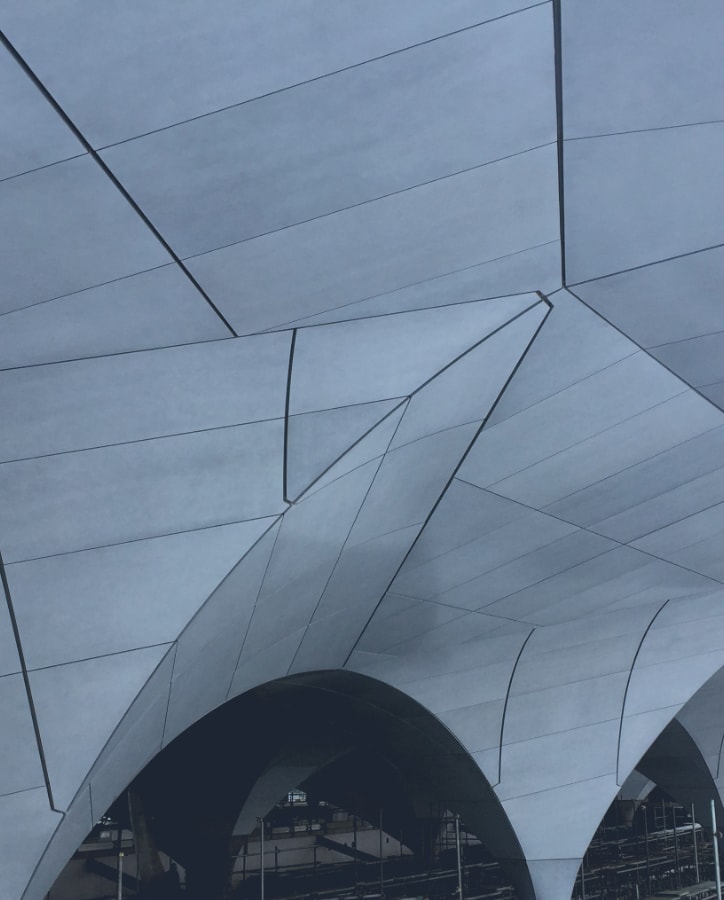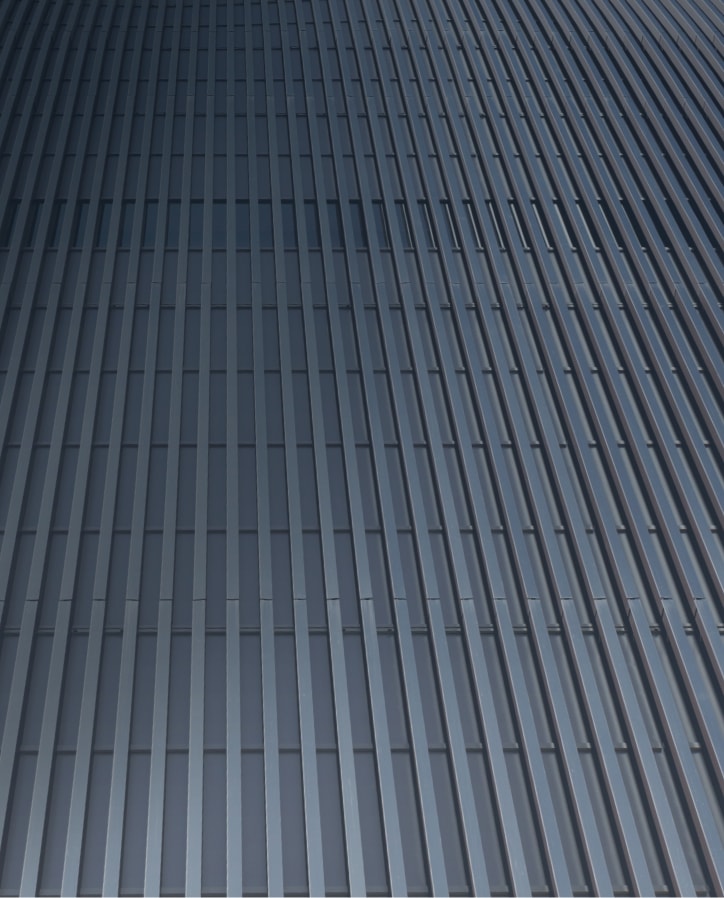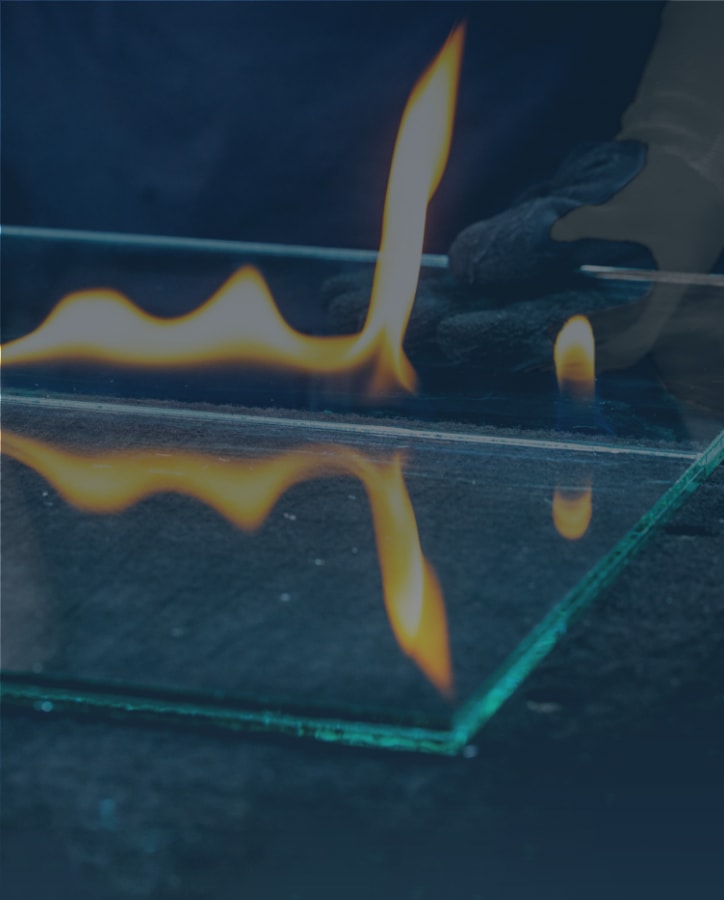GRC is produced mainly through (1) the Direct Spray method (DS), or the (2) the Premix method(PM). DS involves spraying both mortar and glass fibres onto the mould simultaneously. PM involves combining and mixing mortar and glass fibres and pouring the mixture into the mould. There are multiple techniques involved beginning with the metal mould, and the most suited technique to the GRC panel shape and specification is chosen.





